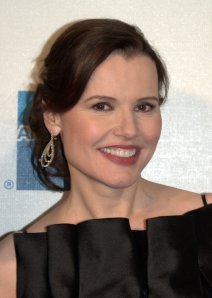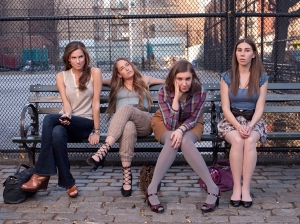Hoochie, being affiliated with a university, from time to time likes to dip into the waters of scholarship to see what the wonks and academic types are getting up to. Today, we take a look at the latest issue of the journal Children’s Literature in Education, wherein we find this interesting title in the table of contents: “Letting Down Rapunzel: Feminism’s Effects on Fairy Tales.”
In her article, scholar Angela Smith considers the influence that the stereotypes and gender notions prevailing in a particular cultural moment have upon the versions of fairy tales published at that point in time. Her target for study: the tale of Rapunzel. Her conclusion: versions of the story published in 1968 and 1993 do indeed reflect the influence of their context culture. The perhaps surprising take-away: “… the Ladybird version from 1993 acts as a cautionary tale against second-wave feminism in its strengthening of traditional gender stereotypes rather than engaging with the more positive approaches found in other retellings from this time.” (Emphasis added.)
One would have thought, if one subscribes to the notion that feminism and gender equality has been unfailingly progressive and cumulative, that a more recent edition would have more thoroughly cast-off the vestiges of historical traditional gender stereotypes. Smith suggests this isn’t so. Is her observation, in its small way, part of the case that feminist progress has reached its end-stage? Food for thought.
To give you a fuller sense of the piece, here’s the abstract in full:
The importance of stories written for young readers is undisputed, and in particular the central place of the fairy story in popular culture is clearly recognized. Whilst most of these stories are centuries old, they have been adapted by the cultures of the tellers to be more compatible with the ideological views of the audience. This article will explore how feminism has influenced two versions of the same story, published by the same publisher for comparable age groups through an exploration of the Ladybird versions of Rapunzel as published in 1968 and 1993. It will show how there are subtle changes in the text which do not affect the overall narrative structure but can offer an insight into the ways in which society has ideologically positioned men and women. Fairclough’s critical discourse analysis (CDA) will be used to show how a close linguistic analysis of the text can reveal the impact of feminism on the adaptation of children’s books.
The full paper can be access through the journal’s homepage on the Springer website, or through your academic or municipal library portal. About the author: “Angela Smith is Reader in Language and Culture at the University of Sunderland. She has published widely in the area of media discourse and gender studies. She is co-editor of the I.B. Tauris International Library of Gender in Popular Culture.
Illustration of punk Rapunzel by CurlyJul on DeviantArt.







